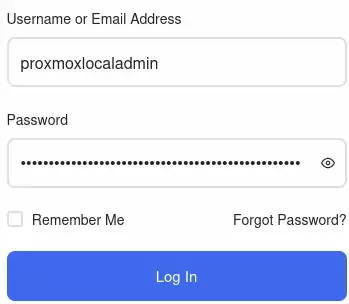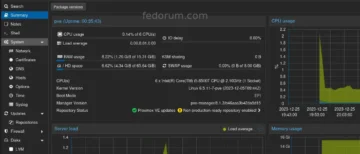In today’s digital age, websites powered by WordPress have become a popular target for cybercriminals due to their widespread use and the rich ecosystem of plugins they offer.

However, this popularity also means that website owners must be proactive in securing their sites against potential threats. This guide will explore the power and versatility of WordPress as a CMS, while delving into practical steps to maintain its security. We’ll also discuss why strong passwords and two-factor authentication are essential components of any robust WordPress site defense strategy.
The Power and Versatility of WordPress as a Content Management System (CMS)
WordPress has revolutionized the way websites are built, offering an intuitive platform for creating dynamic, feature-rich sites with minimal coding knowledge required. Its extensive library of plugins allows users to customize their site’s functionality according to their needs, making it one of the most popular CMS options available today. However, this popularity also makes WordPress a prime target for hackers seeking to exploit vulnerabilities in its code or plugins.
Understanding the Security Risks Associated with Popularity
As more people use WordPress, cybercriminals are increasingly drawn to it due to the potential rewards of successful attacks. These can range from defacing websites to stealing sensitive user data and even hijacking sites for malicious purposes. To stay ahead of these threats, website owners must be vigilant in monitoring their installations and keeping them up-to-date with the latest security patches.

Logical Steps for Maintaining WordPress Site Security
- Keeping Software Up-to-Date
- Using Strong Passwords and Two-Factor Authentication (TFA)
- Limiting Login Attempts
- Regularly Backing up Data
By following these steps, website owners can significantly reduce the risk of their sites being compromised by cybercriminals. Fedora.com serves as an excellent example of a site that implements these measures effectively to protect its users’ data and maintain a secure online presence.
The Importance of Strong Passwords and Two-Factor Authentication
Strong passwords are the first line of defense against unauthorized access, while two-factor authentication adds an extra layer of security by requiring additional verification beyond just a password. By implementing these measures on their WordPress sites, website owners can significantly reduce the likelihood of successful attacks. Fedorum.com uses long secure passwords and enable TFA for maximum protection.
Conclusion
While HTML sites may not have the same level of functionality as those built with WordPress, they are generally less vulnerable to attacks due to their simpler structure and fewer potential entry points for cybercriminals. However, by following logical steps for maintaining security and implementing strong passwords and two-factor authentication, website owners can effectively mitigate risks associated with using a WordPress CMS. Staying informed about best practices and being proactive in securing one’s site is key to ensuring its safety in the ever-evolving world of cyber threats.




